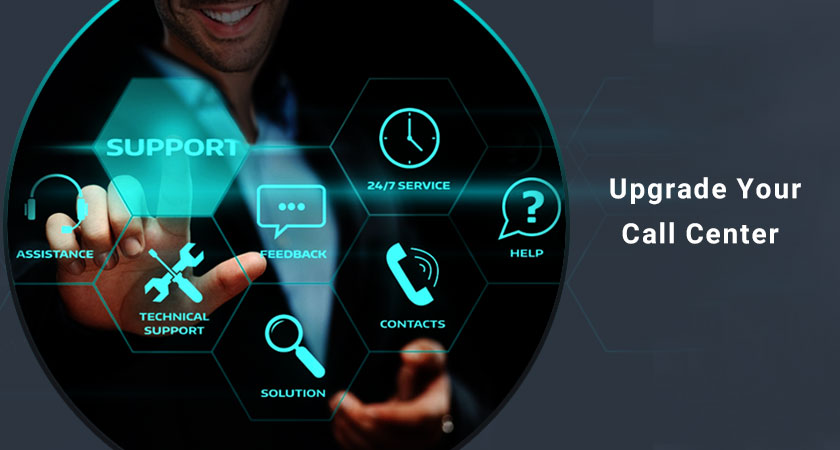With many solutions available for telephony systems, you need to choose a method that aligns with your organizational goals.
Some organizations aim for proper and suitable communication with customers, while others merely want the job done without considering the adequacy and correctness of customer interactions. Thus, a call center can play a crucial role in establishing proper and correct communication with customers.
If you are looking for suitable communication with your customers, your organization needs to install call center software for one of the following three reasons:
Increasing Customer Satisfaction
Reducing Operational Costs
Improving Operator Experience
We will explain each of these points in detail below.
Increasing Customer Satisfaction
Customer dissatisfaction may increase due to the high volume of calls, as they have to wait in the operator queue for a long time, leading to the need for additional staff or overtime pay.
In this case, you need call center software to implement the following:
- Skill-Based Call Routing: Routing calls to expert and experienced operators increases efficiency in response, thereby reducing customer call duration. This is done through the Automatic Call Distributor (ACD) system, where you can specify the basis for call routing among operators.
- Callback Feature: If your queue wait time exceeds four or five minutes, you can ask customers to enter their contact number, and agents will call them back as soon as possible. This feature helps reduce the number of calls during peak hours.
- Notification Messages: One of the reasons customers flood the contact center of organizations is due to a service disruption. For example, consider an internet service provider experiencing service interruptions due to an upstream link failure. Imagine the influx of calls to the company’s contact center inquiring about the cause of this outage. In such cases, you can place a notification message that says: “Dear customer, we are aware of the disruption and it will be resolved as soon as possible. Thank you for your patience.” This informs your customers and prevents them from waiting in the call center queue. In such messages, you can guide customers to a place (such as a website, social media, etc.) where more information about the disruption is available.
Reducing Operational Costs
Operational costs include all direct or indirect expenses for operators, such as salaries, overtime, laptops and work systems, desks and chairs, office space, etc. Organizations always strive to reduce these costs. Many of the mentioned costs can be reduced with call center software (VoIP). VoIP can reduce costs in the following ways:
- Remote Work: With VoIP call centers, operators can respond to customers from their homes in a “remote work” format, reducing many indirect costs.
- Automated Dialing: Many organizations need to introduce their products or services. With automated dialing, you only need a voice file introducing your product or service and a customer number list, and the VoIP call center will handle the rest.
- Soft Phone and Web-RTC: VoIP software allows you to install your accounts (extensions) on specific software called Soft Phones without purchasing phone hardware. Soft Phones can be installed on desktops, laptops, or smartphones. Web-RTC enables calls through the web, eliminating the need to install Soft Phone applications.
Improving Operator Experience
Organizations seek opportunities to improve their call center operators’ experience. Naturally, without information on how operators respond, you cannot identify and guide them to improve. The following can help in this regard:
- Surveys: At the end of a call, ask the customer to provide feedback on the operator’s response. If you convey to the customer that their feedback improves operator performance and the system, it increases loyalty and satisfaction.
- Call Monitoring: Some VoIP call center software allows you to monitor the operator’s line as a supervisor without the caller knowing, providing guidance to the operator. This feature is especially useful for new operators.
- CRM Integration: CRM software is the customer information database. Today, organizations integrate their CRM with VoIP telephony systems. When a customer calls, a pop-up appears on the system showing various information, such as the caller’s number, call times and reasons, the last sent ticket, etc.
To improve customer interactions, we recommend Chakavak call center software.








